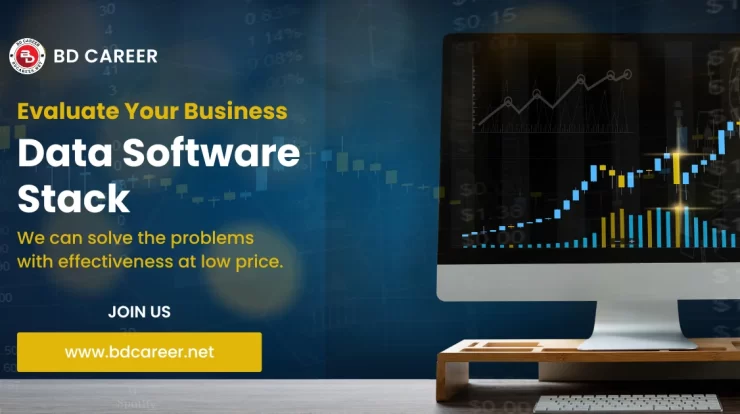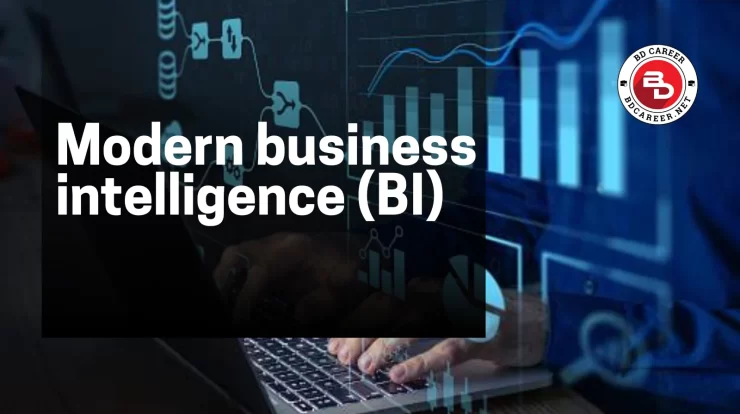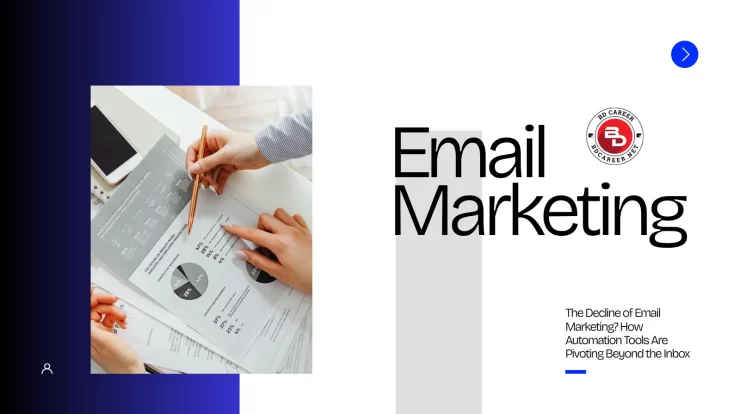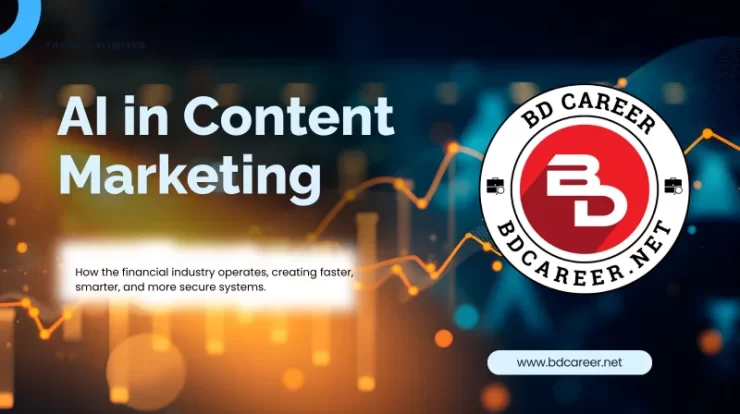
In today’s data-driven environment, businesses rely on more than just raw data to make informed decisions. They actively use the right tools and technologies to transform that data into actionable insights. Data scientists and analysts actively use a data software stack of programming languages, tools, and platforms to extract insights, build models, and implement solutions. This stack plays a critical role in driving data-driven decision-making. The right stack shapes the efficiency, scalability, and ultimate success of every data science project. Data teams actively build or revise their stack to meet evolving goals and challenges.
This article looks at the most important parts of modern data science processes, focusing on the languages, tools, and platforms that let businesses make decisions based on data.
Contents
Core Programming Languages in Data Science
Programming languages that let you change, analyse, and interpret data are at the heart of any data science workflow. Python is the best of these. About 90% of data science experts use it because they find it flexible and easy to learn. They also rely on its vast ecosystem of libraries like TensorFlow, Pandas, and Scikit-learn. Python is still incredibly useful since it can do everything from cleaning up data to building complicated machine learning models, and there is a lot of support from the community.
SQL is just as important as Python for managing and accessing relational databases. SQL is a basic skill for retrieving and prepping data because more than half of data professionals use it to get structured data quickly.
Python and SQL are the most popular languages, but R still has a place, especially in academic research and statistical analysis. R’s general use has decreased, but its numerous statistical packages and visualisation tools make it useful for specific modelling jobs.

New languages like Go are getting a lot of attention for processing massive amounts of data, especially in cloud contexts where performance and parallelism are quite important. Go isn’t widely used in data science yet, but its speed makes it a good choice for backend data processing.
Important Tools for Working with Data Science
Data scientists use a set of tools in addition to languages to efficiently explore, visualise, and model data.
Tableau, Power BI, and QlikView are examples of data exploration and visualisation solutions that provide interactive dashboards that make it easier for stakeholders to see patterns in data. At the same time, Jupyter Notebooks let you code, document, and visualise in an interactive way, making it easy to experiment and work together.
Python libraries like Scikit-learn, TensorFlow, and Keras are the most popular for making predictive models and machine learning apps. These frameworks provide tools for a wide range of tasks, from regression to deep learning, and developers find them easy to use and adaptable.
Statistical analytic tools like R and SAS are still useful for specific tasks, especially in fields that need strict statistical validation. Big data needs powerful processing engines to work with. Apache Spark is a distributed computing framework that lets businesses work with big data, analyse and process huge datasets in real time.
It’s interesting to note that old technologies like Excel and Google Sheets have changed a lot. They now have AI-driven capabilities and support scripting languages like Python and SQL. This makes them more useful than just simple spreadsheets and more like advanced analytics tools. This change keeps them useful for both simple data processing and more complicated analytics.
Data Wrangling and ETL Platforms
Before analysis or modelling, data must be cleaned, transformed, and structured. ETL (Extract, Transform, Load) tools handle this process efficiently.
Apache Airflow
Airflow lets you programmatically author, schedule, and monitor workflows. It’s widely used in enterprise environments where complex data pipelines need automation and scalability.
Talend / Alteryx
These no-code and low-code platforms offer visual data pipeline construction, reducing the barrier for non-programmers. They’re well-suited for business teams working with structured data.
dbt (Data Build Tool)
DBT allows analysts to transform data in warehouses using SQL. It encourages modular, testable data pipelines and fits well in a modern analytics stack with tools like Snowflake or BigQuery.
Top Data Science Platforms
More and more, modern data science operations depend on integrated platforms that make it easier to work together, grow, and deploy.
The Databricks Unified Analytics Platform is a great example. Built on Apache Spark, it combines data engineering and data science skills, enabling teams to collaborate easily on big data projects. It is popular in businesses since it can grow and work with many languages.
KNIME is an open-source program that lets you design data workflows without having to write a lot of code. It caters to people who like programming with pictures and automating tasks that are done over and over.

Dataiku is another platform for working together that lets you connect to Python, R, and Spark, making it easier to do data projects from start to finish, from preparation to deployment.
H2O.ai and DataRobot are two platforms that focus on automated machine learning (AutoML). They make it easier to construct and deploy models while putting more emphasis on monitoring and interpretability.
Cloud providers like AWS, Azure Machine Learning, and Google Cloud AI offer flexible infrastructure and services that can handle everything from storing data to deploying models. These services are necessary parts of modern data science stacks.
Deployment, Monitoring, and Maintenance
Making a model is only half of the work. Putting it into production and keeping it running well are both very important.
Frameworks like Flask, Django, and FastAPI let data scientists serve models as APIs, which lets business apps use them. Cloud platforms make it easy to deploy models in a way that can grow with the amount of traffic and data they have to handle.
To find model drift and performance loss, you need to keep an eye on things all the time. Models stay accurate and useful over time by being retrained and optimised on a regular basis.
Trends and Where Things Are Going
The field of data science is changing quickly. More and more tools are using AI and automation together. For example, large language models (LLMs) may now help with making code, cleaning up data, and making dashboards. This trend makes things easier for people who aren’t technical and speeds up workflows.
Low-code and no-code platforms are making data science more accessible by letting business analysts and domain specialists do analytics without having to know a lot about programming.
Programming languages and platforms are still changing, with a focus on making them more scalable, easier to use, and able to work with new technologies like edge computing and real-time analytics.
Visualisation and Dashboarding Tools
Communicating results is as important as generating them. Visualisation tools turn analysis into insight.
Tableau / Power BI
Enterprise-grade visualisation tools like Tableau and Power BI connect directly to data sources and allow the creation of interactive dashboards. They’re user-friendly and support real-time updates.
Plotly / Seaborn / Matplotlib
These Python libraries offer full customisation for static or interactive charts. Seaborn excels at statistical plots, while Plotly brings in interactivity suitable for web applications.
Looker
Now part of Google Cloud, Looker offers modern BI capabilities with a semantic modelling layer, making data consistent and reusable across teams.

Conclusion
The right data software stack empowers you to turn raw data into actionable decisions. It combines programming languages, tools, and platforms in a strategic way to streamline your workflow. This stack accelerates data science workflows and ensures they scale efficiently. It brings tools together to function seamlessly and deliver long-term impact. Companies that carefully choose the software they use are better able to get the most out of their data and make better, faster decisions.





